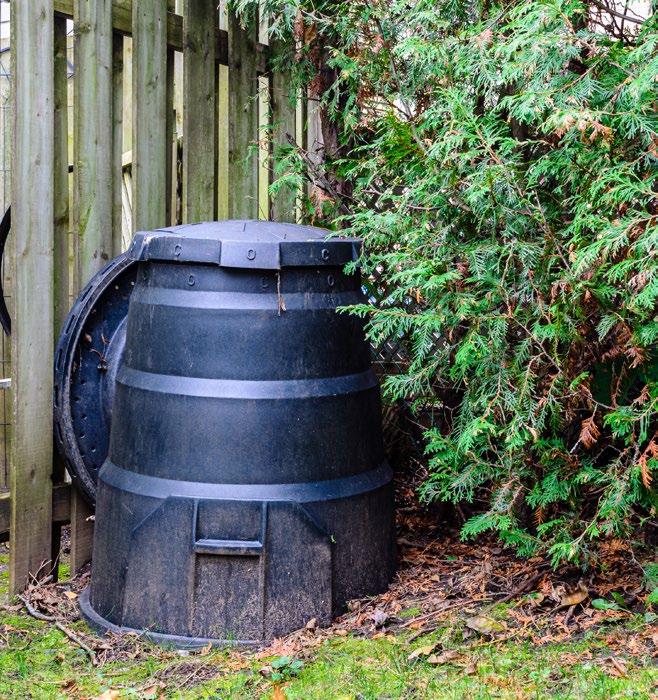
2 minute read
Prevent flooding by managing stormwater
The return of warmer temperatures also means the return of severe storms and heavy rains. Recent weather trends have also indicated an increase in short, heavy rainfall events, causing flooding to become more common, especially during the spring. The Villages takes a variety of preventative measures to ensure minimal impact from storm runoff and potential floodwaters, and there are a number of steps residents and business can take to prevent property damage from floodwaters as well.
Village approach to stormwater management
The Village maintains a robust sewer and drainage system to collect stormwater runoff, which flows to drainage basins and retention ponds. Residents can help to ensure these drains remain functioning properly by keeping the drains remain clear of debris and by avoiding covering them with any type of landscaping or building equipment. You may see one of these drains in your backyard or near the curb.
Recently, the Village has placed a larger focus on maintaining natural areas near drainage basins, which help aid in absorbing floodwaters and improving stormwater runoff quality. This recent work, such as the Mirielle Park wetland restoration project, has included identifying and removing invasive species and replacing them with native plants and trees, which further aid in storm runoff and improving stormwater quality.
There are over 300 stormwater basins within the Village, with about 60-percent of them being privately owned and maintained. The Village partners with local homeowners associations to perform inspections of stormwater basins and retention ponds to ensure water is flowing freely and uninterrupted. You can find more information about retention basins and inspections at https://bit.ly/BGbasins
Homeowner and business options
If stormwater is regularly pooling in your yard or around your property, there are a number of options available to you. Typical sources of excessive water can be from downspouts, paved surfaces, sump pump discharges and excessive watering.
Minimize it: Sump pumps discharge water during and after it rains, so if you notice water pooling near your sump pump, you may need to have it checked by a professional. Redirecting the discharge pipe is also an option. The village allows for connection of discharges to storm sewers. Downspouts may also be a common culprit of pooling water. Downspout extensions and rain barrels provide two inexpensive solutions.
Grade it: Locations that collect water and the surrounding area could be regraded to allow for water to drain away from a location instead of pooling and collecting. The Village’s Engineering Department can provide more information as well as inspections.
Cover it up: French drains, pipes and infiltration wells are always effective options for moving stormwater from the surface to a new location fast.

Get creative: Depending on your particular situation, there are a number of ways to work stormwater into your landscape. Stepping stones, rain gardens, water-loving and native plants and raised garden beds are all options which can add both beauty and value to your home.











